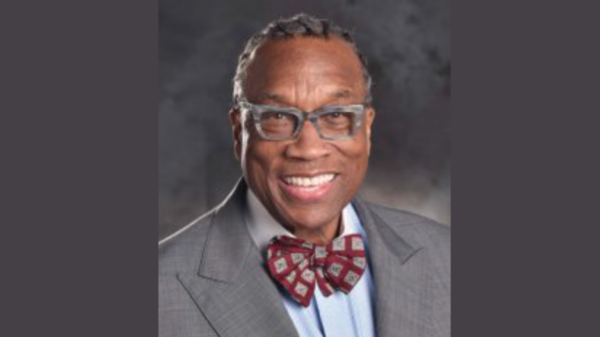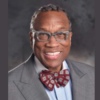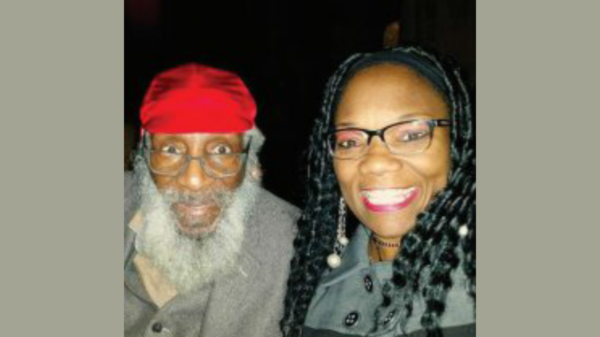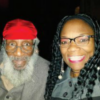
Credit: SMU Perkins Bridwell Library
By Norma Adams-Wade
It was the early-1950s when lily-white began to fade as the only skin color seen on campus at Southern Methodist University in North Dallas.
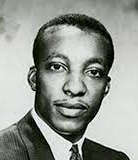
Credit: smu.edu
That change was significant but not so remembered or discussed today. One has to dig deep to find much mention about the first five Black Southern Methodist University students. The time was 1952 – two years before the U. S. Supreme Court’s 1954 ruling that ended segregation in public schools; at least legally on paper, though not much in reality.
Rummaging through some local history documents, I ran across an utterly fascinating recollection of how African- Americans became a part of the SMU student body that one researcher called “lily-white.” The pioneering Black students largely kept their distance from the main student body, yet successfully achieving their goal to graduate and claim their place in history.
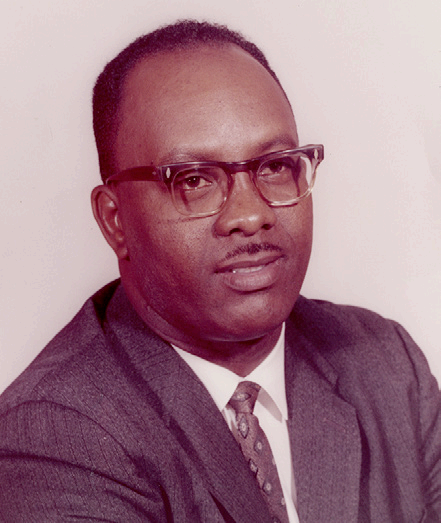
Credit: SMU Perkins Bridwell Library
The five men were graduate students from other schools who entered SMU’s Perkins School of Theology, a private, Methodist church-affiliated institution. They arrived there relatively smoothly because of the quiet crusading of a brainy, Dallas-born Anglo educator, Augustus Merrimon Cuninggim,[cq a Rhodes Scholar, Phi Beta Kappa and Oxford University graduate who in 1951 became Dean of Perkin’s School of Theology.
Cuninggim,[cq in his quest to integrate Perkins, secured the discreet support of then SMU President Umprey Lee. Forward-thinking Lee had smartly convinced reluctant school trustees in 1950 to remove SMU bylaw language that uphold segregation. This was a nod toward post World War II social progress, although historians say few if any of the executives believed that social change would come to their campus within the next two years.
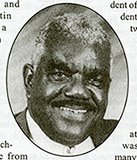
Credit: SMU Perkins Bridwell Library
Historians tell how the Dean meticulously set the course then carried out his plan of bringing Black students to Perkins – making the elite private institution the first graduate school in the South to desegregate; and that two years before the Brown vs. Board U. S. Supreme Court decision.
The Dean visited Black colleges and universities, promoting his plan and seeking recruits. He succeeded in attracting a cross section of prospects from different states: Texas, Oklahoma, Arkansas, Tennessee, and North Carolina. Cuninggim,[cq deliberately kept the maneuver secret from local and national media, thus avoiding protests and conflict when the recruits arrived, and even when they graduated three years later in 1955.
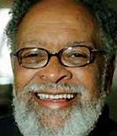
It was the same year that Rosa Parks, Dr. Martin Luther King Jr., and civil rights protesters dominated the news with the Montgomery, Alabama bus boycott. Also, the Dean made it clear to the trailblazers that he would be right there with them through any conflicts along the way, but those that happened seemed relatively minor. History shows that Cuninggim[cq lived up to that promise—working out sensitive issues about the trailblazers eating in campus cafeterias and living with Anglo students in the dorms.
I was just thinking…., what must it have been like for those innovators at that affluent, all -white SMU enclave where dark skin mainly populated the kitchens in the surrounding community’s showplace mansions?
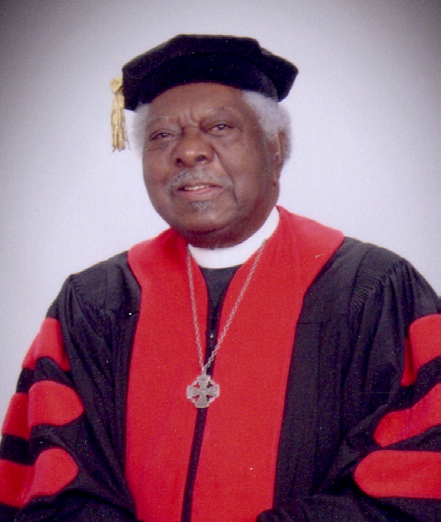
Credit: smu.edu
Part II of this piece, to run later, will discuss further how the pioneer five led the way for further integration of other educational divisions at SMU. They opened the doors for subsequent African – American changemakers who would widen the portals for new horizons at Southern Methodist University no longer called “lily- white.”
Norma Adams-Wade, is a proud Dallas native, University of Texas at Austin journalism graduate and retired Dallas Morning News senior staff writer. She is a founder of the National Association of Black Journalists and was its first southwest regional director. She became The News’ first Black full-time reporter in 1974. norma_adams_wade@yahoo.com
A look at the trailblazers shows they were up for the challenge they faced. Here’s who they were:
- Rev. John W. Elliott. He graduated from Shaw University in Raleigh, NC before SMU’s Perkins. Later he took leadership roles in various conferences of the Methodist and United Methodist churches. A Reverend John W. Elliott Sr. Ministerial Scholarship was established in his name. He died in 1989 at age 64.
- Rev. James A. Hawkins. He graduated from Lane College in Jackson, Tenn. before Perkins. Later, Texas College in Tyler, where he became Dean of Students and held various civic and Christian Methodist Episcopal leadership positions, awarded him an honorary Doctorate of Divinity.
- Rev. Dr. James V. Lyles. He graduated from Philander Smith College in Little Rock, Ark. and various other higher learning institutions including Perkins. He was a military and hospital chaplain, filled denominational leadership roles, and pastored various Methodist and United Methodist churches in five states. He was named a Perkins Distinguished Alumnus in 2015.
- Dr. Negail R. Riley. He graduated from Howard University, Perkins and other universities. Still later, he helped in desegregation efforts while he was pastor of Wesley Chapel on the Philander Smith College campus in Little Rock, Ark. He held high leadership in various Black Methodist, United Methodist, racial justice, and global ministries organizations. He died in 1987 at age 57.
- Rev. A. Cecil Williams. The San Angelo, Texas native graduated from Huston-Tillotson College in Austin, TX before Perkins. Later he returned to Huston-Tillotson as chaplain and a professor. Still later he became prominent as pastor of the widely-diverse and international acclaimed 12,000-plus member Glide Memorial United Methodist Church in San Francisco. The church’s brand was its social activism and ministry to society’s outcasts. SMU presented him an honorary Doctor of Divinity degree in 1997 and a Distinguished Alumnus Award in 2009.






